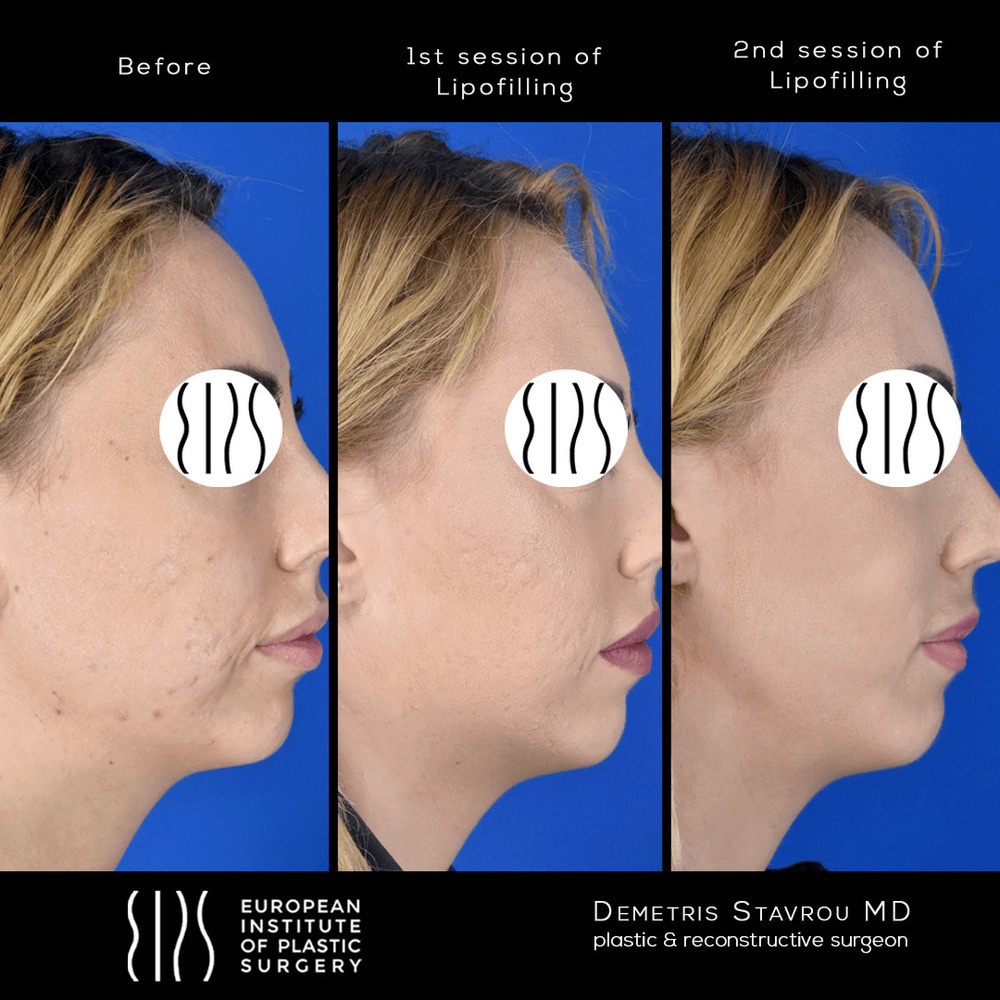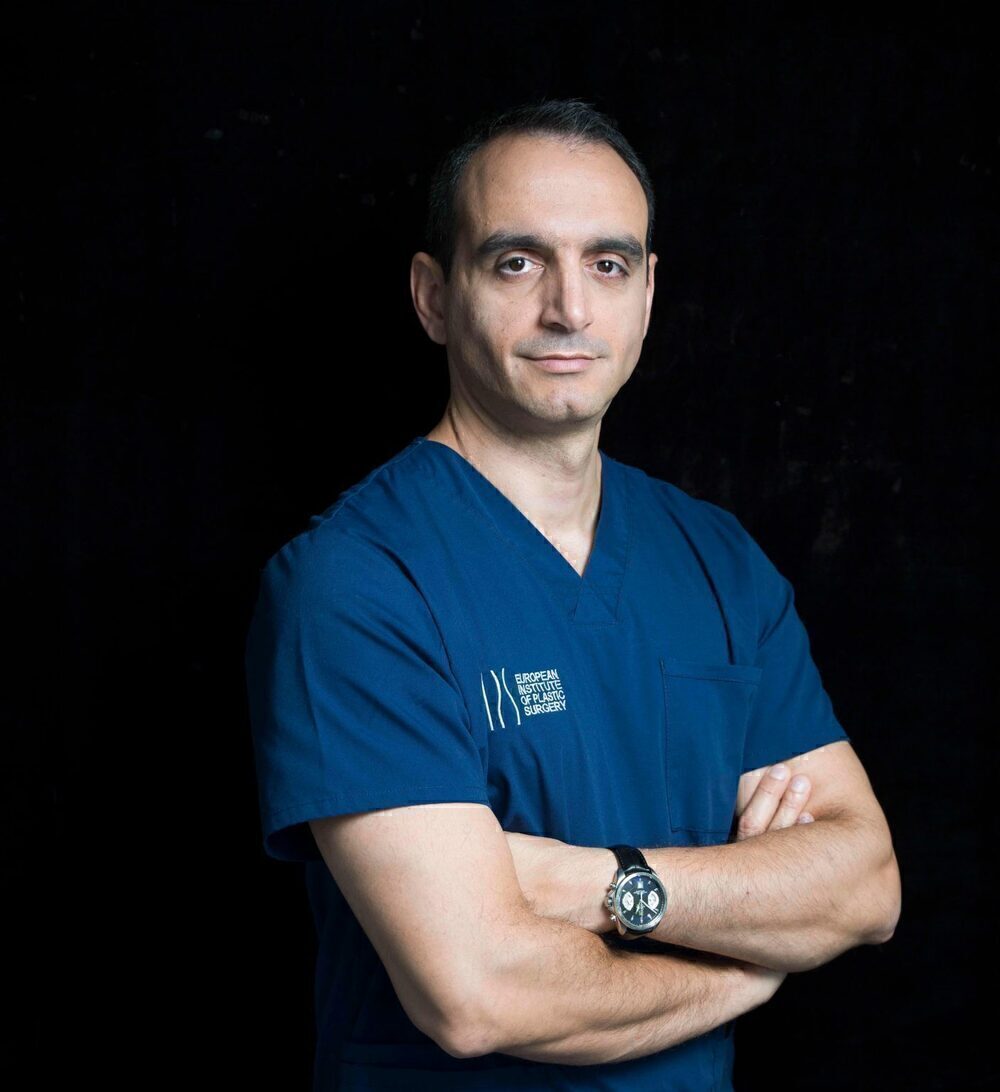Breast reduction surgery offers a profound and immediate sense of relief for women who have lived with the physical and emotional weight of overly large breasts. After making the decision to undergo the procedure and enjoying the incredible results, a common long-term question arises: "Will my breasts grow back?"
It's an entirely understandable concern. After all, this surgery is an investment in your health and well-being. You want to know that the results will last. The short answer is reassuring: No, the breast tissue removed during your surgery does not grow back. However, it's essential to understand that your body will continue to change over time, and these changes can affect the size and shape of your breasts.
At the European Institute of Plastic Surgery, Dr. Demetris Stavrou ensures every patient has a clear understanding of what to expect, not just in the months following surgery, but for many years to come.
The "Permanent" Part of Your Procedure
During a breast reduction, a significant amount of glandular tissue and fat cells are permanently removed.
Factors That Can Influence Breast Size Over Time
While the removed tissue is gone for good, the remaining tissue in your breasts is still subject to the same influences as the rest of your body. Three primary factors can cause your breasts to change in size years after your procedure.
1. Weight Fluctuations (The Most Important Factor)
Your breasts are composed of both glandular (milk-producing) tissue and fatty tissue.
2. Major Hormonal Changes Your body's hormones have a direct impact on breast tissue. Major life events can trigger hormonal shifts that lead to changes in breast size:
Pregnancy and Breastfeeding: These events are designed to stimulate breast tissue growth in preparation for milk production. Your breasts will naturally enlarge during this time. After breastfeeding, they may or may not return to their post-surgery size. This is a crucial topic to discuss with your surgeon if you plan to have a future pregnancy.
Menopause: The hormonal fluctuations during menopause can also alter the composition of breast tissue, sometimes leading to an increase in size for some women.
3. The Natural Ageing Process. Ageing affects skin elasticity all over the body. Over time, your skin will naturally lose some of its firmness. This doesn't cause the breast tissue to regrow, but it can lead to sagging or "ptosis," which can alter the shape and perceived size of your breasts.
Is Significant Regrowth Common?
It's essential to put these factors into perspective. While your breasts can and likely will change over your lifetime, significant regrowth that returns you to your pre-operative size is very rare, especially if you maintain a consistent weight. The fundamental structure of your breast has been altered, providing a lasting foundation for a more comfortable and proportionate figure.
The goal of your consultation at our clinic in Limassol is not just to plan a surgery, but to plan for a lifetime of results. Dr. Demetris Stavrou will discuss your lifestyle, family plans, and health goals to ensure you are fully informed and empowered to enjoy your results for years to come.
If you have questions about the long-term outcomes of breast reduction, we invite you to schedule a personal consultation.
Read Our Blog About Do you look skinnier after a breast reduction?





